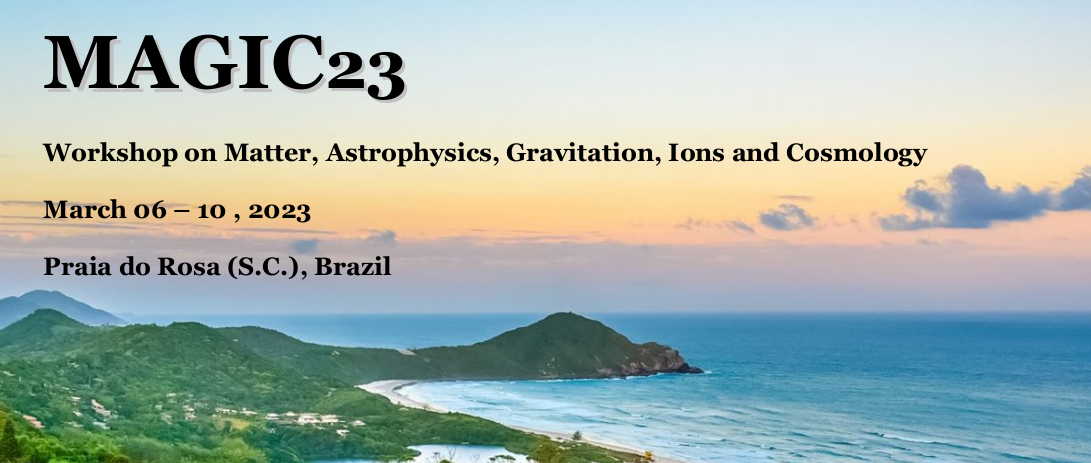Speaker
Description
The dependence of partons on the constitution of proton spin remains an interesting and persistent problem in hadron physics, but one that should be widely addressed by future colliders with polarized beams, such as the Electron-Ion Collider (EIC). Quark helicity contributions and spin-dependent parton distribution functions (hPDFs) can be calculated using the Kovchegov-Pitonyak-Sievert (KPS) helicity evolution equation at small x, which is described in terms of the polarized dipole amplitude and can be used to calculate the physical observables associated with electron-proton (ep) polarized deep inelastic scattering (DIS) at high energies. It was found that the initial conditions have a relevant influence over the evolution of the polarized dipole amplitude, altering the asymmetries between the quark and antiquark distributions with spin-dependent, as well as the helicity contributions of the different flavors of the quarks to the total spin value of the hadron. Therefore, in this work we analyze different formulations of the initial conditions based on both parameterizations and calculations using the dipole formalism in light cone coordinates, in order to verify the influence of each initial polarization state on the photon fluctuation in quak pairs of quark-antiquark (dipole) and the helicity distributions of partons in spin-dependent observables.

